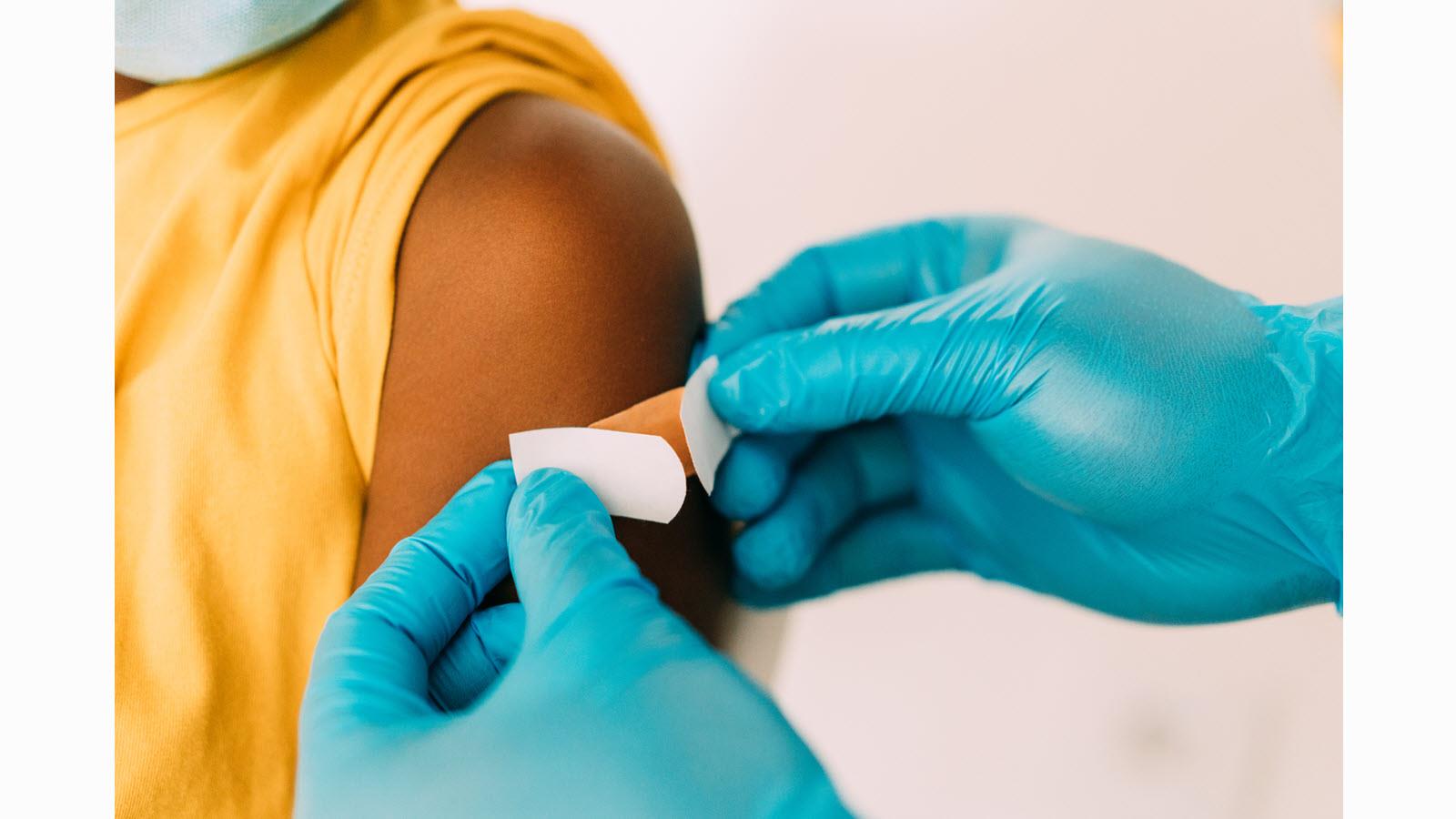No one enjoys getting jabbed, but you can do more than grin and bear it. Hear from three physicians who offer ways to distract your senses and work through this fear.

Dr. Amy Baxter, Founder and CEO of Pain Care Labs
You can’t just will yourself to be OK with a needle prick, says Baxter, who is also a clinical associate professor of emergency medicine at Augusta University in Georgia. “The roots of needle fear are deep, and may show up in different ways, so there are different solutions.” Here’s what she recommends:
Singing songs and creating counter sensations (like aromatherapy, a cold wrap, or a favorite taste) enhance the feeling of control. The act of sorting through options activates the part of the brain called the anterior cingulate cortex. Pain is processed here as well, so occupying this area with tasks, sensations or distractions can reduce both pain and fear.
The most studied intervention for injection pain is a combination ice and vibration device called Buzzy. The specific vibration frequency dials down pain the same way rubbing a bumped elbow does, and the ice causes the brain to reduce pain sensations. You also can talk with your doctor about using topical anesthetic, such as EMLA.
In pediatric emergency departments, child life specialists use "DistrACTION cards" to reduce pain — these cards have questions that take momentary but intense concentration. You can try this yourself. Find a written sentence and count the number of letters that have holes in them (including a, b, d, e, g, o, etc.) "It's going to be fine," for example, has seven.

Dr. Andrea Paul, Physician and Medical Advisor to Illuminate Labs
Paul recommends facing the phobia head on through exposure and meditation:
Seek a licensed mental health expert for exposure therapy, which involves gradual exposure to the fear, so that the patient can overcome the fear over time. For a phobia like needles, this may start with tasks like watching people being injected with needles in a medical setting, and eventually work towards a patient actually getting jabbed with a needle at the doctor’s office.
Meditation and visualization are clinically proven to be effective in helping patients overcome fears. After meditating for 10 to 15 minutes, try visualizing the experience that causes fear and envision the experience going well. For a patient with a needle phobia, this would involve visualizing an injection or blood draw paired with a sense of calm and relief.

Dr. Edibel Quintero, a Medical Doctor and Post-Operative Rehabilitation Specialist
Phobias are “extreme irrational fears that have nothing to do with reality,” she said.” Re-examine these fears and the thought processes behind them to remind yourself that the discomfort is slight and temporary. Also try these strategies, Quintero said.
Talk with the person who is giving you the injection. Tell them about your fear and concerns, and ask them to be gentle during the process. Ask them questions if you have any, and ask them to have a conversation with you so that you can distract yourself from the overwhelming thoughts and fears regarding the injection.
Practice relaxation breathing. Close your eyes and breathe in through your nose. Breathe out slowly from your mouth, and repeat for several minutes. Practice this technique regularly, so that when it’s time to get your shot, it’s super-effective at calming you.
If your child is going to be injected, give them a phone or other device to divert their attention. And if it’s you, you can find several ways to divert your attention. For example, start looking around you, at the people, the objects, the ceiling or anything that draws your eye.



